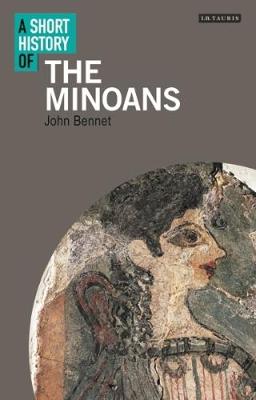I.B. Tauris Short Histories
1 total work
The Minoans have for decades tantalized all those who have tried to understand this most enigmatic people of the ancient world. The Minoan allure lies in large part in the riddles to which their mysterious culture gives rise. What is contained in their earliest writing script, the still un-deciphered Linear A? Did their likely extinction by volcanic eruption shape the Atlantis legend? Why was their religion so thoroughly matriarchal, with its symbols of snake goddess, serpent and labrys (double-headed axe)? What was the purpose of their great palaces at Knossos, Phaestos and Malia? What is the meaning of the atmospheric bull dance fresco uncovered at the palace of Knossos? The archaeologist Sir Arthur Evans controversially 'rediscovered' and then restored the Minoan civilization in the early twentieth century, and tied it to King Minos, builder of the famous labyrinth and keeper of the legendary Minotaur. In this lucid and absorbing new history of Crete from the 9th millennium BCE to the end of the Bronze Age (c 1000 BCE), John Bennet expertly draws on the latest archaeological and textual discoveries to separate fact from imagination, history from myth.
